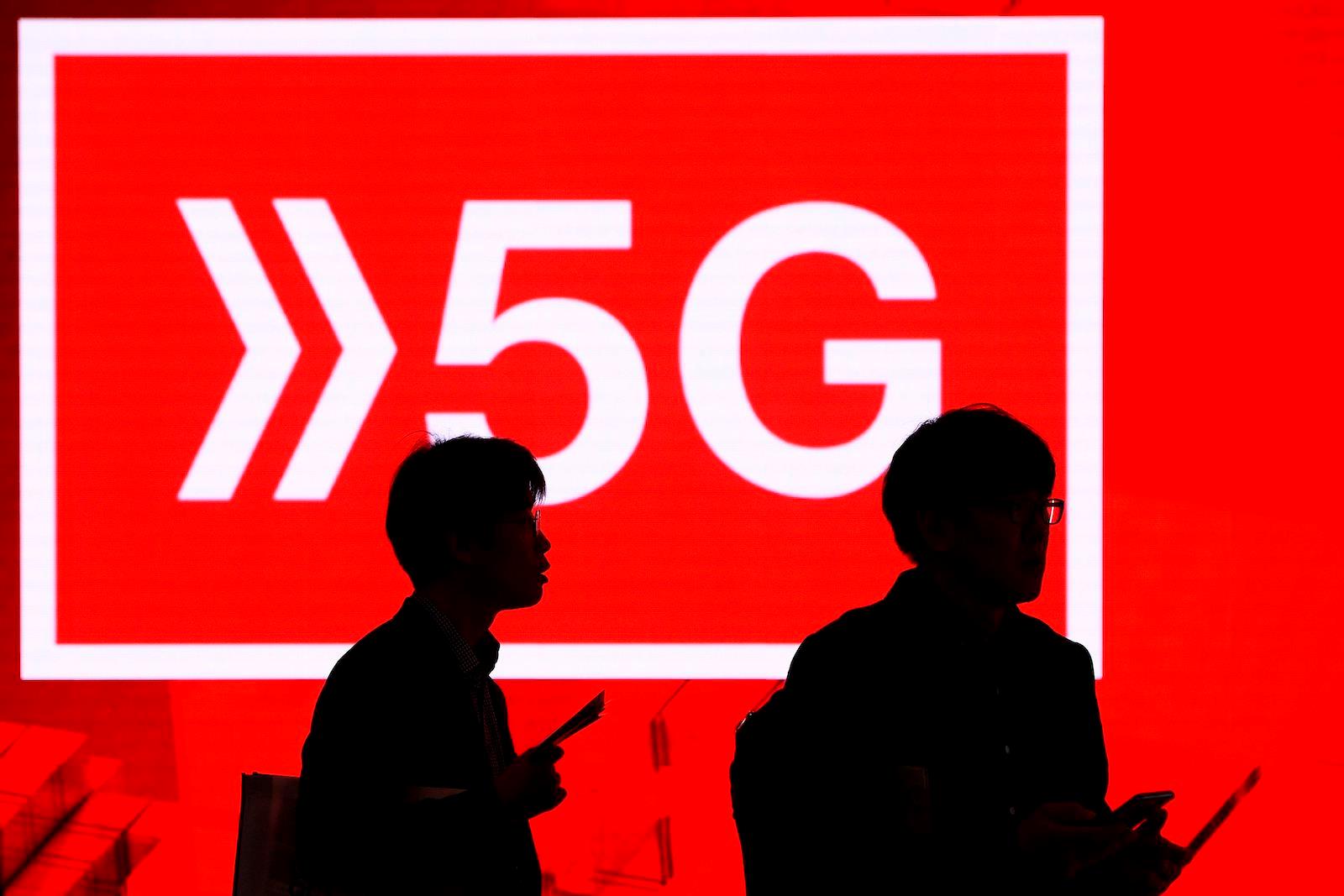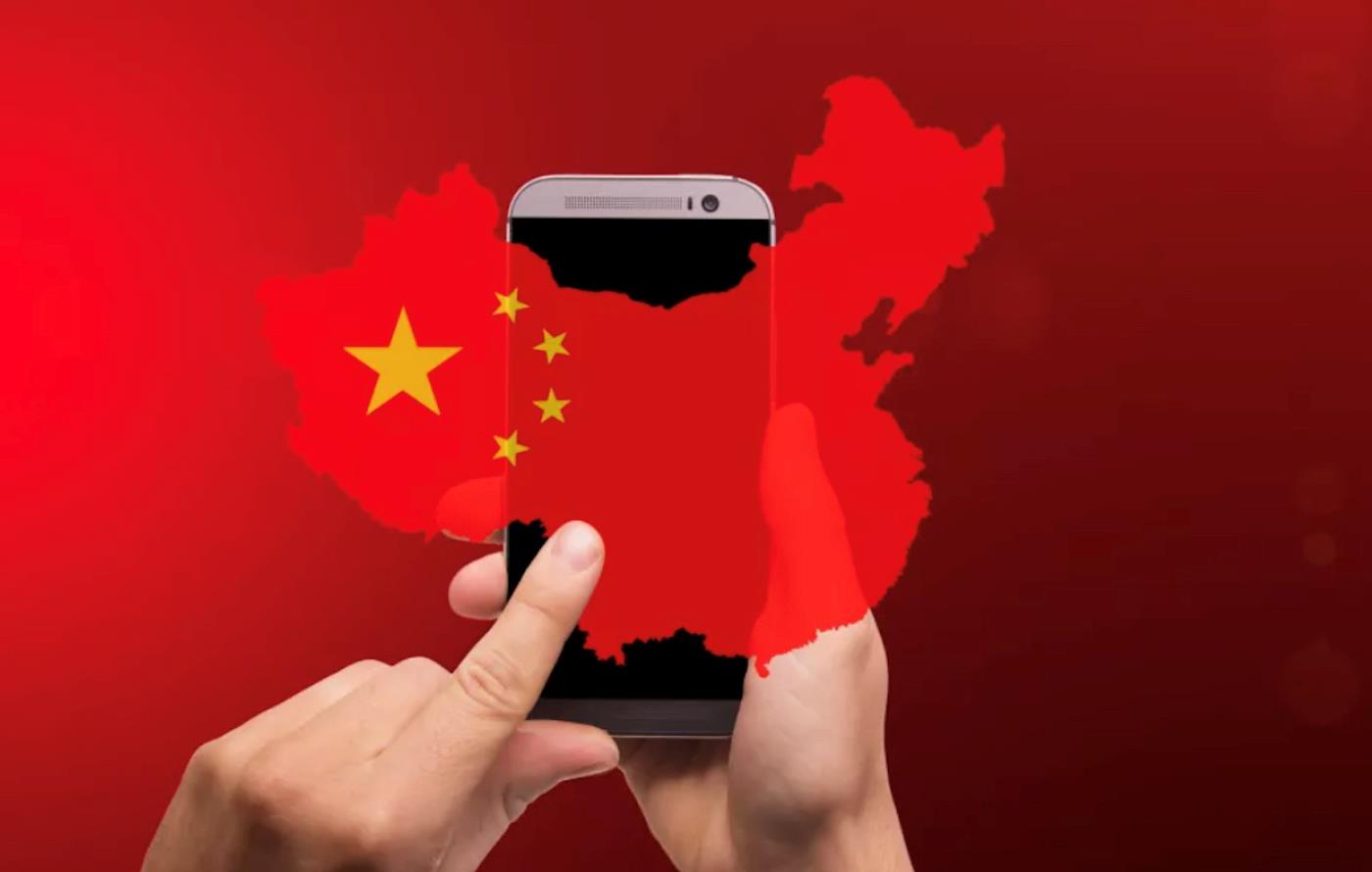(MENAFN- Asia Times) NEW YORK – When COVID-19 hit China before it hit the rest of the world, the meme in the Western media called it China's“Chernobyl moment.” China's remarkable success in suppressing the pandemic put that to rest. But every hiccup in Chinese markets elicits new predictions of Chinese economic decline.
Stratfor's George Friedman declares that“China's power has been vastly overestimated” and that China will have to dial back its global ambitions due to straitened circumstances.
Hal Brands and Michael Beckley write in Foreign Policy that“the problem is that China is declining.”“Since the late 2000s,” they claim,“the drivers of China's rise have either stalled or turned around entirely.”
These are self-consoling illusions of a lazy elite that has allowed America's manufacturing, technological and education advantages to erode over the past 20 years – an elite that has nothing to say about reversing the decline.
China has a nasty financial problem in an over-leveraged real estate sector, but countries with large current surpluses and huge saving rates don't have crises. They have reorganizations. And China does have a demographic problem, not nearly as serious as in Japan, South Korea or Taiwan, and only slightly more serious than America's .
What the punditeska thinks is light at the end of the tunnel is, rather, the headlamp of the oncoming express, namely the Fourth Industrial Revolution.
Americans don't remember the Panic of 1873 and the six-year Long Depression that followed – nor the Panics of 1893, 1896, 1901, or 1907. They remember the transcontinental railroad, the McCormack reaper, Andrew Carnegie's leadership in steel-making, John D. Rockefeller's provision of cheap kerosene for lighting, the electrification of cities and Henry Ford's mass production of the Model T. All that really mattered in fin-de-siècle America was the Second Industrial Revolution that lifted America to the status of a world power.
Carnegie borrowed his steelmaking process from the British inventor Henry Bessemer and Edison lifted the electric light bulb from the British inventor Joseph Swan (who successfully sued Edison for patent violations). Britain's talent earned easy money from the Empire, leaving Americans to turn British ideas into mass production on a hitherto unknown scale.
Today it's the Americans who don't want to get their hands dirty, and the best American talent programs smartphone apps in the hope of instant wealth.

The US is playing catch-up with China in the 5G race. Photo: AFP / Getty Images / Josep Lago
A generation from now, the Chinese won't remember the misery of Ant Financial, or the failure of property giant Evergrande, or this year's power shortage, or any number of minor interruptions of the Fourth Industrial Revolution. They will remember automated warehouses , smart ports running on 5G networks, mines operated by remote control, factories run by self-programming robots and driverless taxis .
All of this is happening now in China, and at scale. The linked videos on Youtube provide more information than anything you will read in the Western media. China's artificial intelligence (AI) applications look like science fiction, but they are real as rain, and happening before our eyes.
The application of big data and AI to flexible manufacturing, smart logistics, health care and other fields promises to transform economic life as profoundly as the Second Industrial Revolution changed the United States and Germany.
Historians well may date the AI revolution to January 2020 when the Covid-19 pandemic hit China. As former Google CEO Eric Schmidt and Harvard historian Graham Allison wrote last August:
I broke this story in Asia Times in March 2020 .
All of China's major ports are at or close to full automation. Industrial automation, although impressive, is still in pilot phase: Huawei says that it has 16,000 private 5G networks under development for factory automation, a small fraction of the country's 2.8 million factories (as of 2015), but more than enough for proof of concept. And the Chinese telecom giant has installed 5G networks in 1,800 of the country's 34,000 hospitals.
China turned a population of subsistence farmers into industrial workers, moving 600 million people from countryside to city in less than 40 years, increasing per capita income tenfold in the process.

China has built out its 5G infrastructure faster than the US. Photo: Facebook
It took the US from 1870 to 1995 to dectuple its real per capita GDP. China did this in the 28 years from 1992 to 2020. It certainly is the case, as Brand and Beckley write, that China has taken advantage of this source of growth. China's leadership is bad at many things, but it is very good at one big thing, and that is planning for future productivity.
Deng Xiaoping turned China's peasants into factory workers, and Xi Jinping is turning the sons of factory workers into engineers. Only 2% of Chinese aged 55 or older – those in their 20s when Deng Xiaoping began China's economic reforms in 1989 – received university education. But 27% of Chinese now in their 20's have university degrees, and the proportion will keep rising.
China now graduates seven times as many STEM baccalaureates as the US and three times as many STEM doctorates. A 2020 Chinese survey claims that the proportion of Chinese high school students who intend to pursue tertiary education is higher than is the case with their American counterparts.
An industrial nation with Western living standards is already gestating inside China. Economist Lin Yifu, a former World Bank official, points out that China's most developed provinces and cities are a country within a country, with per capita GDP approaching that of the United States. In a book scheduled for release later this month, he writes:
At the end of the 19th century, the United States and Germany led the second industrial revolution. At that time, the highest income and technology levels were in the United Kingdom. The United States and Germany were at a stage of catching up in terms of income levels. In terms of purchasing power parity, the per capita GDP of the United States in 1870 was 76.6% of that of the United Kingdom, and that of Germany was 57.6% of that of the United Kingdom.
The seven provinces and cities with the highest per capita GDP in my country – Beijing, Shanghai, Tianjin, Jiangsu, Zhejiang, Fujian, and Guangdong – have a total population of 350 million. The per capita GDP of these seven provinces and cities has reached 54.5% of that of the United States, which is roughly the same level as Germany's per capita GDP relative to UK's per capita GDP when Germany began to lead the second industrial revolution.
Yin adds,“In technology R & D, human capital is the main input.” China, he notes, has a much larger talent pool with a population four times that of the United States.“China's sheer size gives it“economies of scale,” with“lower marginal cost of products and services,” and“stronger competitiveness in the international market. When new technological standards are set in competition with developed countries, my country's population and the size of its market gives it a comparative advantage.”
In addition,“My country is the country with the most complete set of industries, so that the time required for new technology to advance from concept to production will be the shortest, and at the lowest cost.”
China is serious, focused and disciplined in its campaign to lead the Fourth Industrial Revolution. The US at best gives lip service to the concept, and at worst ignores the problem, the better to focus on“diversity” and“equity.”
MENAFN08102021000159011032ID1102937481